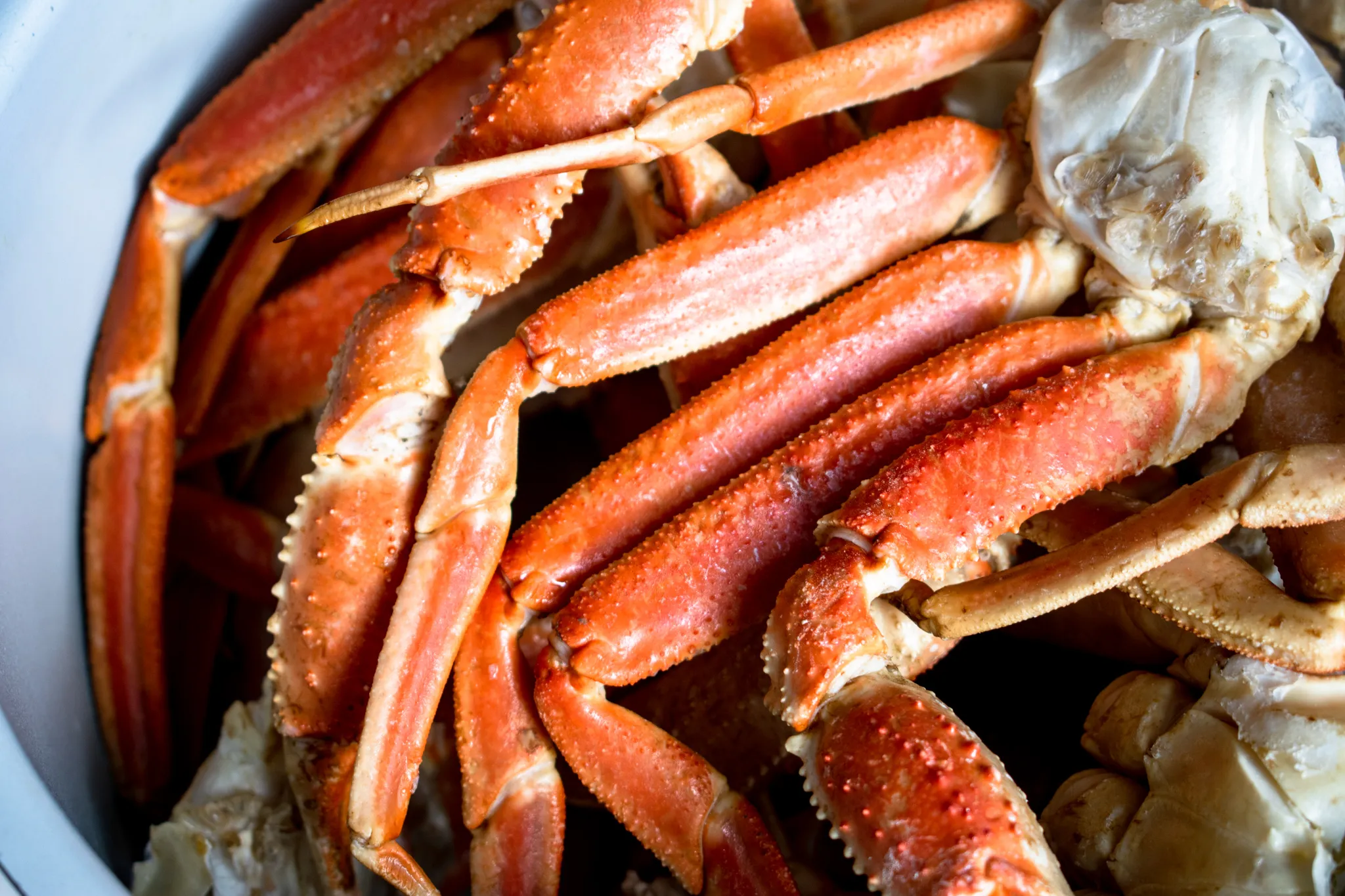

Articles
How To Store Crab Legs
Modified: February 23, 2024
Learn the best methods and tips for storing crab legs in this informative article. Keep your crab legs fresh and delicious for longer with these expert storage techniques.
(Many of the links in this article redirect to a specific reviewed product. Your purchase of these products through affiliate links helps to generate commission for Storables.com, at no extra cost. Learn more)
Introduction
Welcome to the world of delicious seafood! Crab legs are a beloved delicacy enjoyed by seafood enthusiasts worldwide. Whether you’re a fan of the sweet and succulent meat or looking to explore new gastronomic experiences, storing crab legs properly is essential to maintain their freshness and flavor.
In this article, we will guide you through the process of storing crab legs so that you can savor their delectable taste whenever you desire. We’ll cover the different types of crab legs, how to prepare them for storage, and the best methods for keeping them fresh in the refrigerator or freezer. Additionally, we’ll provide tips for thawing frozen crab legs effectively.
So, if you’ve recently purchased crab legs or you’re planning to, read on to learn how to store them properly and enjoy a delightful seafood experience!
Key Takeaways:
- Enjoy the unique flavors of king crab, snow crab, dungeness crab, and blue crab legs by storing them properly in the refrigerator or freezer. Maintain their freshness and savor their succulent meat whenever you desire.
- Whether you’re a seafood enthusiast or new to crab legs, follow the steps to inspect, clean, and store crab legs for optimal freshness. Thaw them properly and indulge in a delightful seafood experience without compromising taste and texture.
Read more: How To Store Uncooked Crab Legs
Types of Crab Legs
When it comes to crab legs, there are a few different types that you may come across. The most common types of crab legs available in the market include:
- King Crab Legs: King crab legs are known for their large size and tender meat. These crab legs are harvested from the icy waters of the North Pacific and are renowned for their sweet and buttery flavor.
- Snow Crab Legs: Snow crab legs are slightly smaller compared to king crab legs, but they still offer a delicious and delicate meat. These crab legs are harvested from the Atlantic and North Pacific oceans and are known for their slightly sweet and briny taste.
- Dungeness Crab Legs: Dungeness crab legs are harvested from the West Coast of the United States, especially in the Pacific Northwest. They have a slightly nutty flavor and a delicate texture, making them a popular choice among seafood lovers.
- Blue Crab Legs: Blue crab legs are harvested from the Atlantic Coast of the United States. These crab legs have a slightly salty taste and a tender texture. They are commonly used in crab boils and other seafood recipes.
Each type of crab leg offers its own unique taste and texture, allowing you to experiment with different flavors and find your personal preference. Whether you opt for king crab, snow crab, dungeness crab, or blue crab legs, the storage methods remain similar to ensure the freshness and quality of the meat.
Preparing Crab Legs for Storage
Before storing crab legs, it’s important to properly prepare them to ensure optimal freshness and taste. Here are some steps to follow:
- Inspect the crab legs: Start by examining the crab legs for any signs of spoilage or damage. Look for discoloration, an unpleasant odor, or shells that are cracked or broken. It’s best to discard any crab legs that show these signs as they may not be safe for consumption.
- Clean the crab legs: Rinse the crab legs under cold water to remove any dirt or debris. You can use a soft brush to gently scrub the shells, especially if there are any stubborn particles clinging to them.
- Cook the crab legs (optional): Some people prefer to cook crab legs before storing them for easier consumption later. If you choose to cook the crab legs, you can steam, boil, or bake them according to your preference. However, keep in mind that cooking the crab legs may affect the texture when you reheat them later.
- Remove the meat from the shells (optional): If you prefer to store the crab meat separately from the shells, you can remove the meat by cracking the shells with a crab or lobster cracker. Take care not to break the meat into small pieces. Place the meat in a separate container and cover it tightly with plastic wrap or a lid.
Preparing the crab legs before storage helps maintain their quality and makes them easier to handle when you’re ready to enjoy them. However, it’s important to note that crab legs can be stored with or without cooking them beforehand, depending on your preference and the storage time.
Storing Crab Legs in the Refrigerator
The refrigerator is the ideal place to store crab legs if you plan to consume them within a few days. Here’s how to store crab legs in the refrigerator:
- Wrap the crab legs: Start by wrapping the crab legs tightly in plastic wrap or aluminum foil. This will help prevent them from drying out and absorbing odors from other foods in the refrigerator.
- Place in a container: If possible, place the wrapped crab legs in a shallow container or a resealable plastic bag. This will help contain any potential leaks and ensure that the crab legs remain fresh while in the refrigerator.
- Store in the coldest part: Put the container or bag of crab legs in the coldest part of the refrigerator, typically the back or bottom shelves. The temperature should be between 32°F (0°C) and 40°F (4°C) to maintain the freshness and quality of the crab legs.
- Check and rotate: Periodically check the crab legs to ensure there are no signs of spoilage, such as a foul odor or slimy texture. If any crab legs show signs of spoilage, discard them immediately. Also, remember to rotate the container or bag occasionally to evenly distribute the cold air and maintain freshness.
When properly stored in the refrigerator, crab legs can remain fresh for up to 2-3 days. However, it’s always best to consume them as soon as possible to enjoy the best taste and texture.
Note: If you’ve previously cooked the crab legs and want to store them in the refrigerator, it’s important to place them in an airtight container to prevent moisture loss and spoilage.
Store crab legs in the coldest part of the refrigerator, ideally below 40°F. Keep them in a sealed container or plastic bag to prevent them from drying out. Use them within 2-3 days for the best quality.
Storing Crab Legs in the Freezer
If you want to extend the storage time of your crab legs beyond a few days, freezing is the way to go. Freezing crab legs helps preserve their freshness and flavor for several months. Here’s how to store crab legs in the freezer:
- Wrap the crab legs: Individually wrap each crab leg tightly in plastic wrap or aluminum foil. This will protect them from freezer burn and help maintain their quality.
- Place in a freezer-safe bag: Once the crab legs are wrapped, place them in a freezer-safe bag, removing any excess air before sealing it. The airtight bag will further protect the crab legs from freezer burn and prevent odors from seeping in.
- Label and date: It’s important to label the bag with the current date to keep track of the crab legs’ storage time. This will help you ensure that you consume them within the recommended timeframe.
- Store in the coldest part: Put the bag of wrapped crab legs in the coldest part of your freezer, such as the back or bottom. The temperature should be set at or below 0°F (-18°C) to maintain the quality of the crab legs during storage.
- Thaw before consumption: When you’re ready to enjoy the crab legs, remove them from the freezer and thaw them in the refrigerator overnight. Avoid thawing them at room temperature, as this can promote bacterial growth and compromise food safety.
When stored properly in the freezer, crab legs can maintain their quality for up to 3-4 months. However, it’s best to consume them as soon as possible within the recommended storage time for the best taste and texture.
Note: It’s worth mentioning that while freezing crab legs is a great option for long-term storage, the texture may slightly change upon thawing. The meat may become softer, but the flavor should remain relatively unchanged.
Read more: How To Store Cooked Crab Legs
Thawing Frozen Crab Legs
Before you can enjoy your frozen crab legs, it’s important to thaw them properly to ensure the best taste and texture. Here’s how to thaw frozen crab legs:
- Refrigerator thawing: The recommended method for thawing frozen crab legs is to place them in the refrigerator overnight. Take the crab legs out of the freezer and transfer them to a plate or shallow dish. Cover the dish with plastic wrap or a lid to prevent any cross-contamination. Allow the crab legs to thaw slowly in the refrigerator for approximately 8-12 hours or overnight.
- Cold water thawing: If you’re short on time, you can thaw the frozen crab legs using the cold water method. Fill a large bowl or sink with cold water. Place the wrapped crab legs in a watertight bag and submerge them in the cold water. Change the water every 30 minutes to maintain a consistent temperature. It usually takes about 1-2 hours to thaw the crab legs using this method.
- Avoid thawing at room temperature: It’s important to avoid thawing the crab legs at room temperature, as this can promote bacterial growth and compromise food safety.
Once the crab legs are thawed, it’s best to consume them within a day or two for optimal freshness. Remember, once thawed, do not refreeze the crab legs and consume them promptly to enjoy their delicious flavor.
Thawing frozen crab legs properly ensures that the meat remains tender and prevents any potential foodborne illnesses. By following these thawing methods, you can safely enjoy your crab legs without compromising their taste and texture.
Tips for Storing Crab Legs
To ensure the best storage and preservation of your crab legs, here are some helpful tips to keep in mind:
- Buy fresh crab legs: When purchasing crab legs, it’s important to buy them from a reputable seafood market or supplier. Look for crab legs that have a fresh and vibrant appearance, and avoid any that show signs of discoloration or damage.
- Store immediately: Once you bring the crab legs home, store them in the refrigerator or freezer as soon as possible. This will help maintain their freshness and prevent the growth of bacteria.
- Use airtight containers: Whether storing crab legs in the refrigerator or freezer, it’s crucial to use airtight containers or bags to prevent air and moisture from reaching the crab legs. This will help preserve their flavor and prevent freezer burn.
- Keep them away from strong odors: To avoid the crab legs absorbing odors from other strong-smelling foods in the refrigerator, store them in a separate container or bag. This will help maintain their taste and prevent any unwanted flavors.
- Label and date the packaging: Whenever storing crab legs in the freezer, remember to label the packaging with the current date. This will help you keep track of their storage time and ensure that you consume them within the recommended timeframe.
- Do not refreeze thawed crab legs: Once you’ve thawed crab legs, it’s important to consume them promptly and avoid refreezing. Refreezing can affect the texture and quality of the crab legs.
- Properly dispose of spoiled crab legs: If you notice any signs of spoilage, such as a foul odor, sliminess, or discoloration, immediately discard the crab legs. Consuming spoiled seafood can lead to foodborne illnesses.
By following these tips, you can extend the shelf life of your crab legs, maintain their quality, and ensure a delightful seafood experience each time you indulge in this delectable delicacy.
Conclusion
Storing crab legs properly is crucial to maintain their freshness, flavor, and quality. Whether you have leftover crab legs from a delicious seafood feast or you’ve purchased them with the intention of enjoying them later, following the appropriate storage methods is essential.
We discussed the different types of crab legs, including king crab, snow crab, dungeness crab, and blue crab legs, each offering its own unique taste and texture. We also explored the steps to prepare crab legs for storage, which include inspecting, cleaning, and optionally cooking or removing the meat.
When it comes to storage, we learned that crab legs can be stored in the refrigerator for a few days, while freezing provides a longer storage option. Wrapping the crab legs, placing them in airtight containers or bags, and storing them in the appropriate temperature zones are key factors to ensure their freshness and prevent spoilage.
Thawing frozen crab legs should be done either in the refrigerator or using the cold water method, avoiding room temperature thawing to prevent bacterial growth. And remember, once crab legs are thawed, consume them promptly and do not refreeze them.
By following these guidelines and implementing the tips for storing crab legs, you can prolong their shelf life, preserve their delicious taste, and enjoy a delightful seafood experience whenever you desire.
So, whether it’s a special occasion or simply a craving for some delectable seafood, store your crab legs properly and be ready to indulge in their succulent and flavorful meat, elevating your dining experience.
Frequently Asked Questions about How To Store Crab Legs
Was this page helpful?
At Storables.com, we guarantee accurate and reliable information. Our content, validated by Expert Board Contributors, is crafted following stringent Editorial Policies. We're committed to providing you with well-researched, expert-backed insights for all your informational needs.
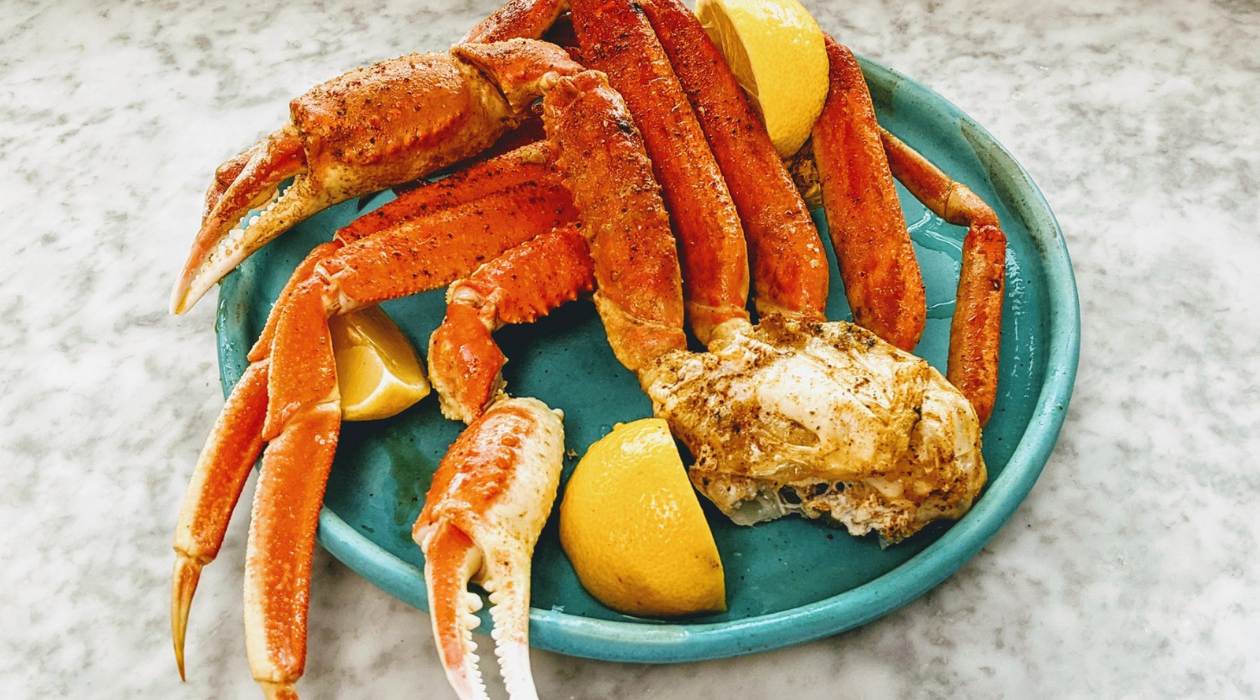
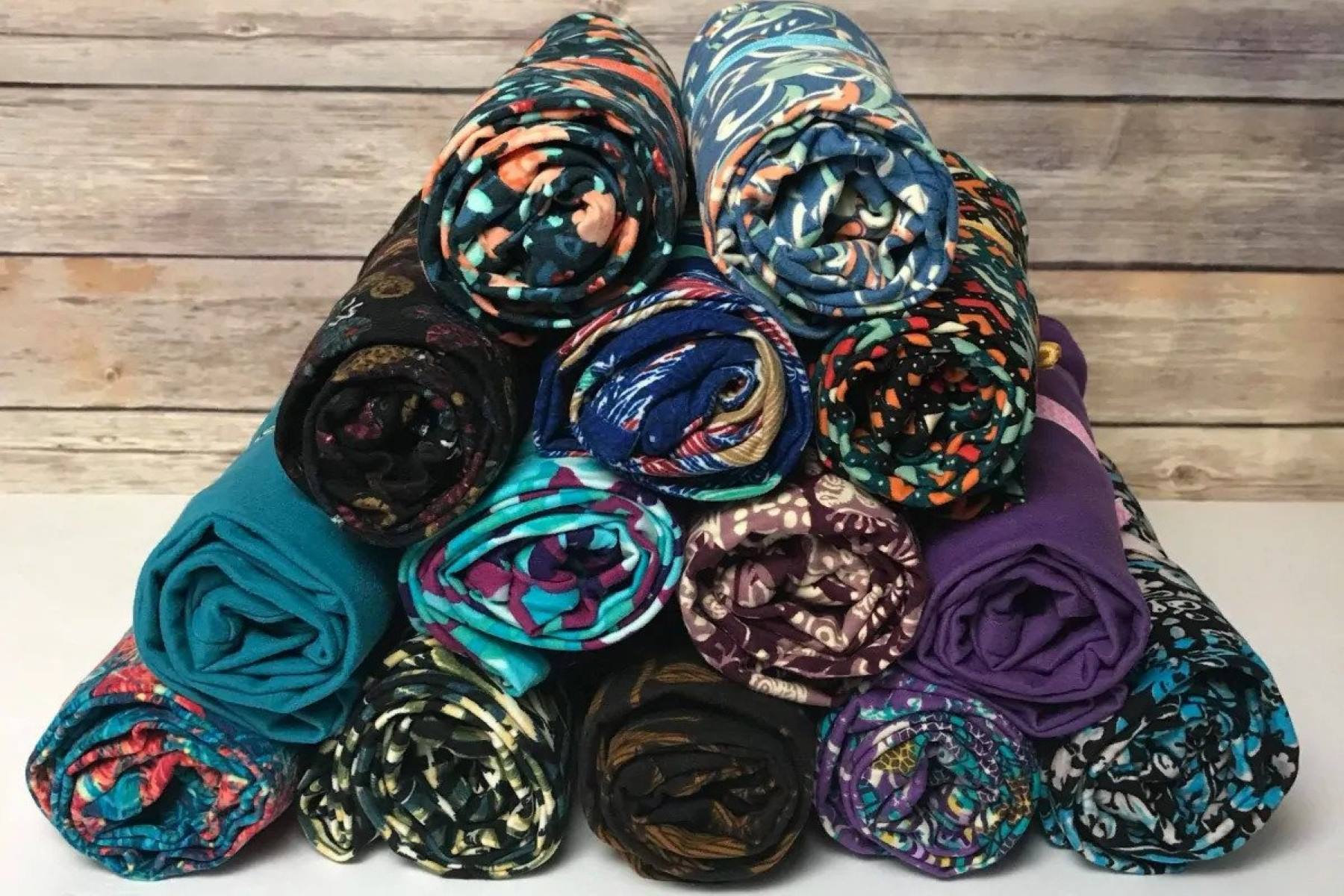

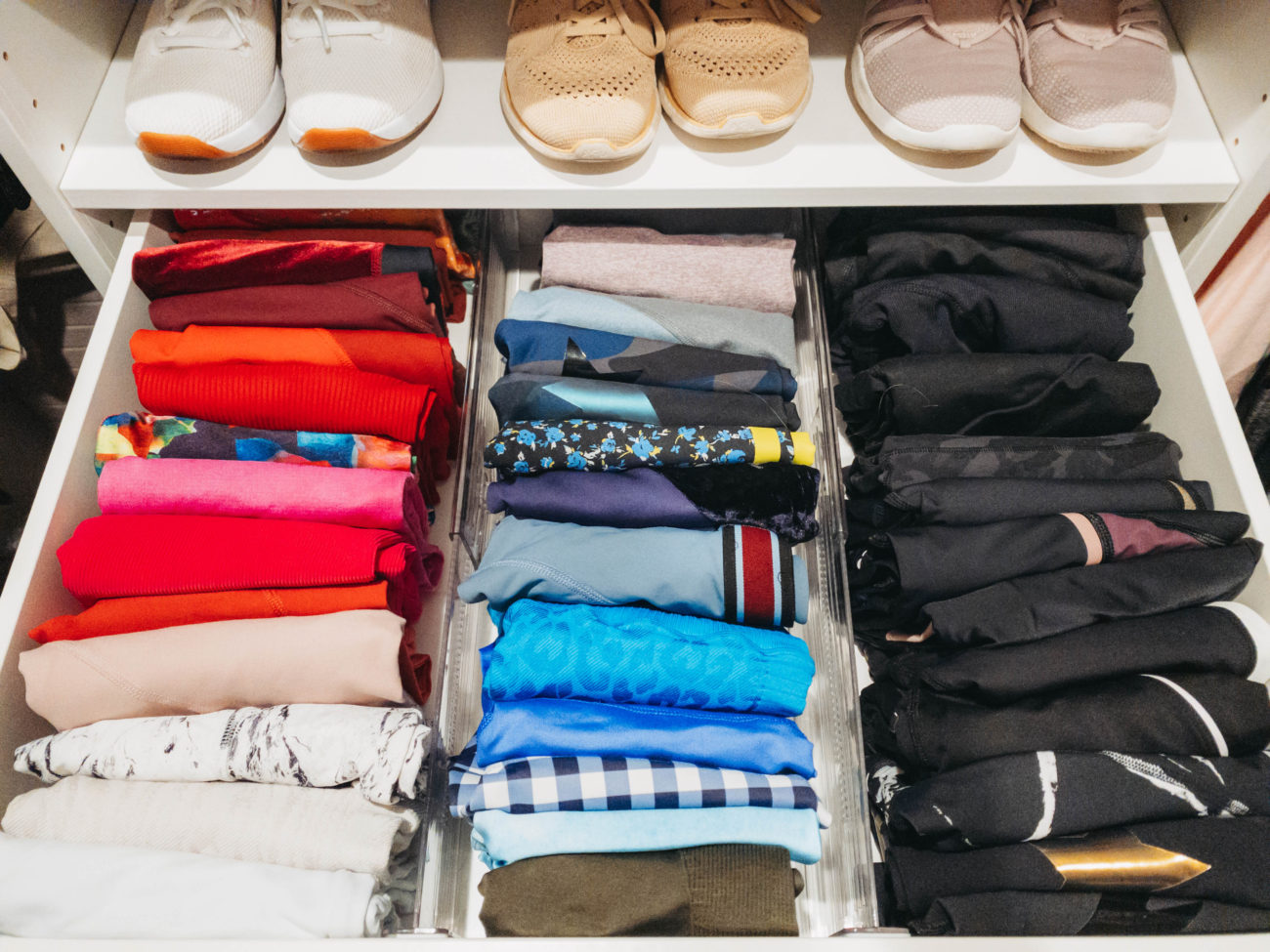
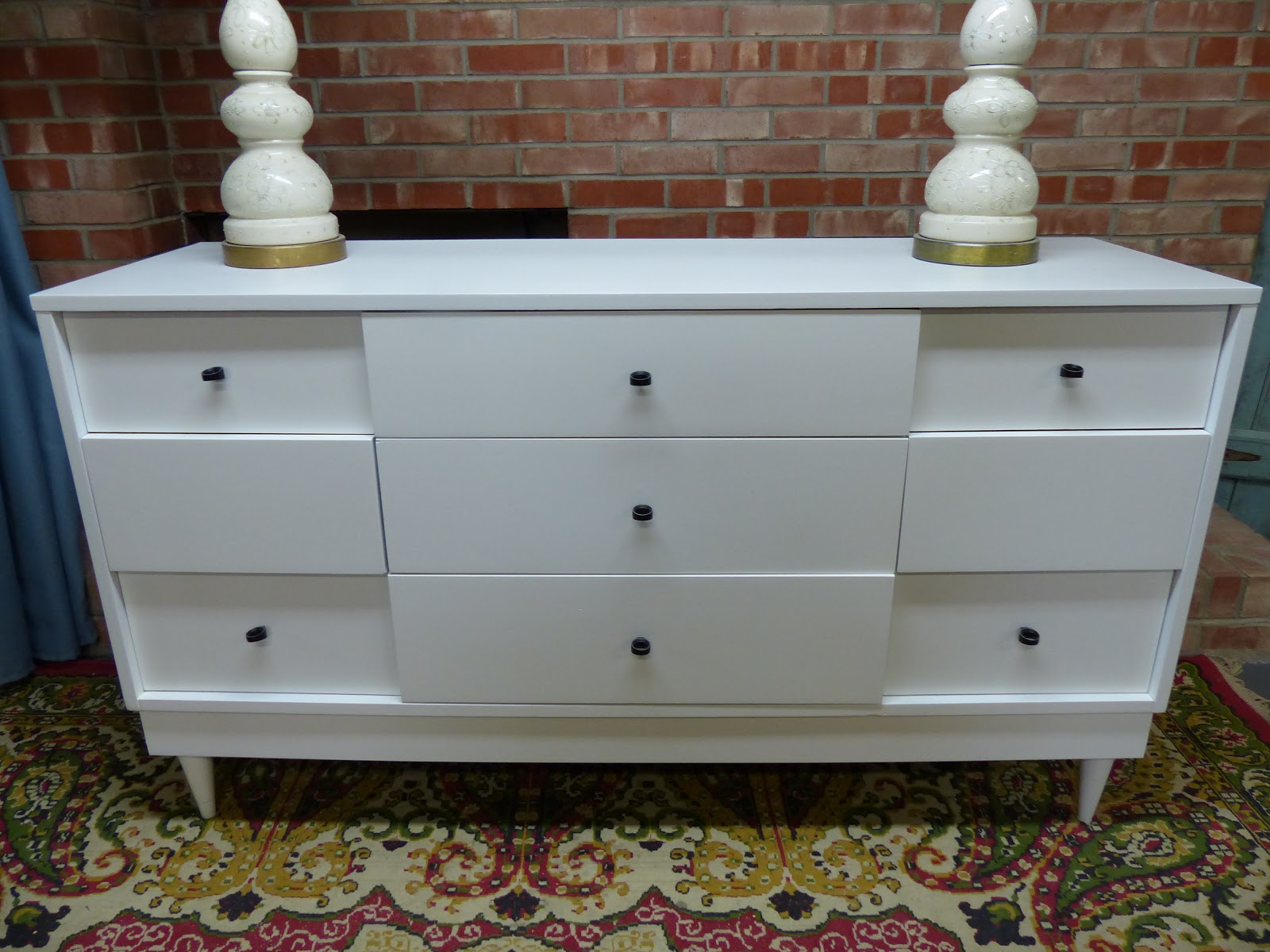
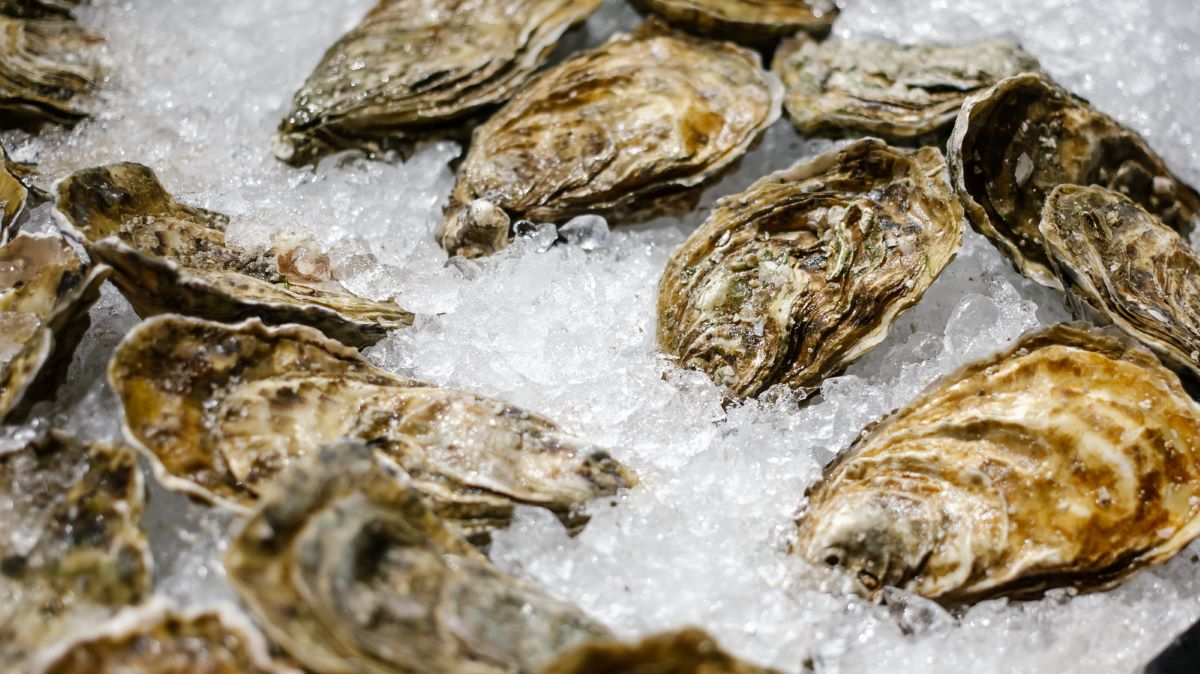
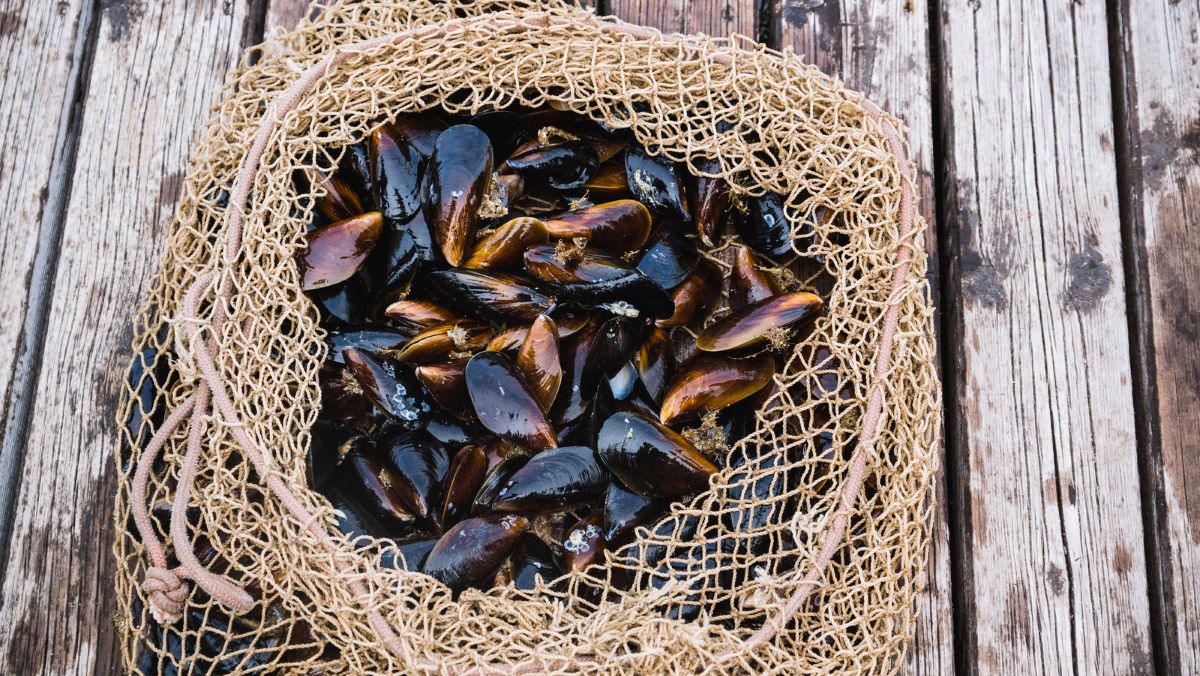
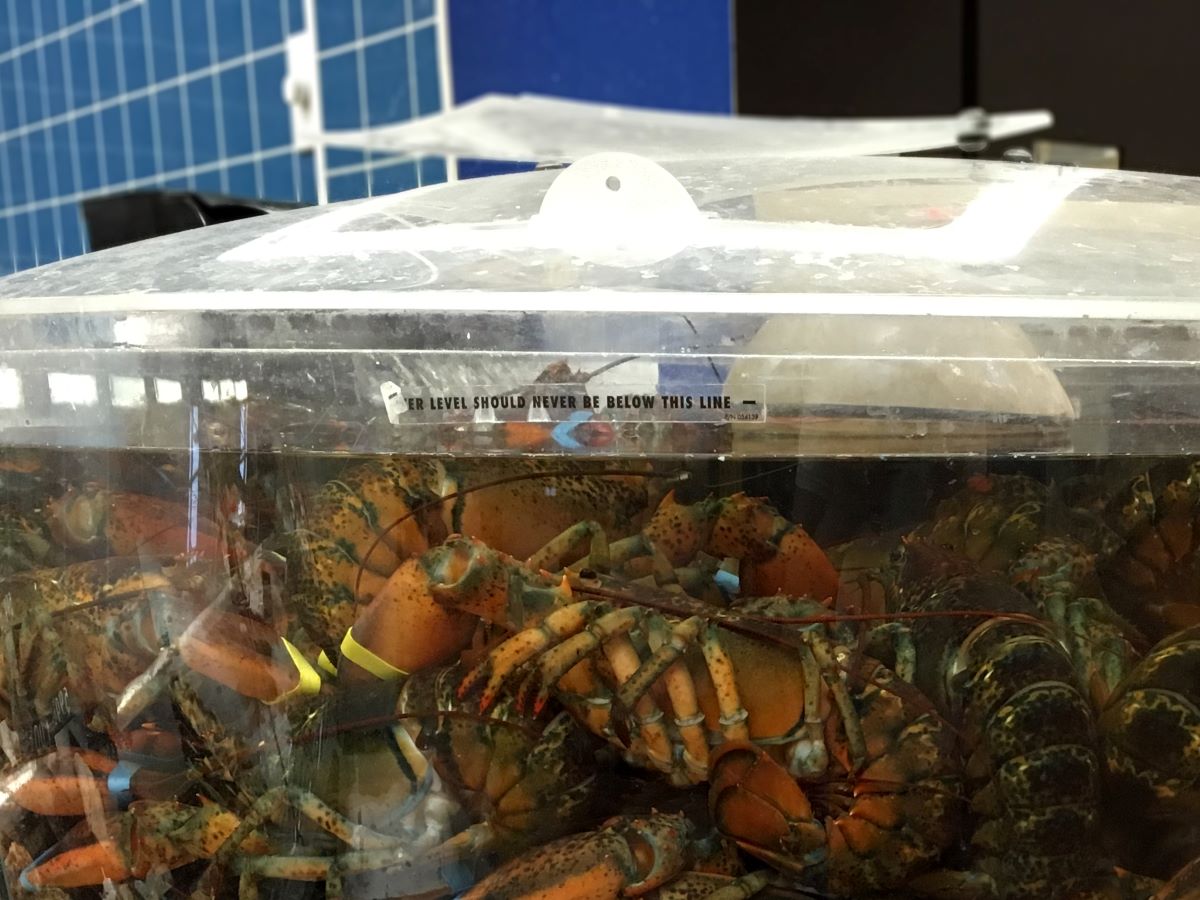
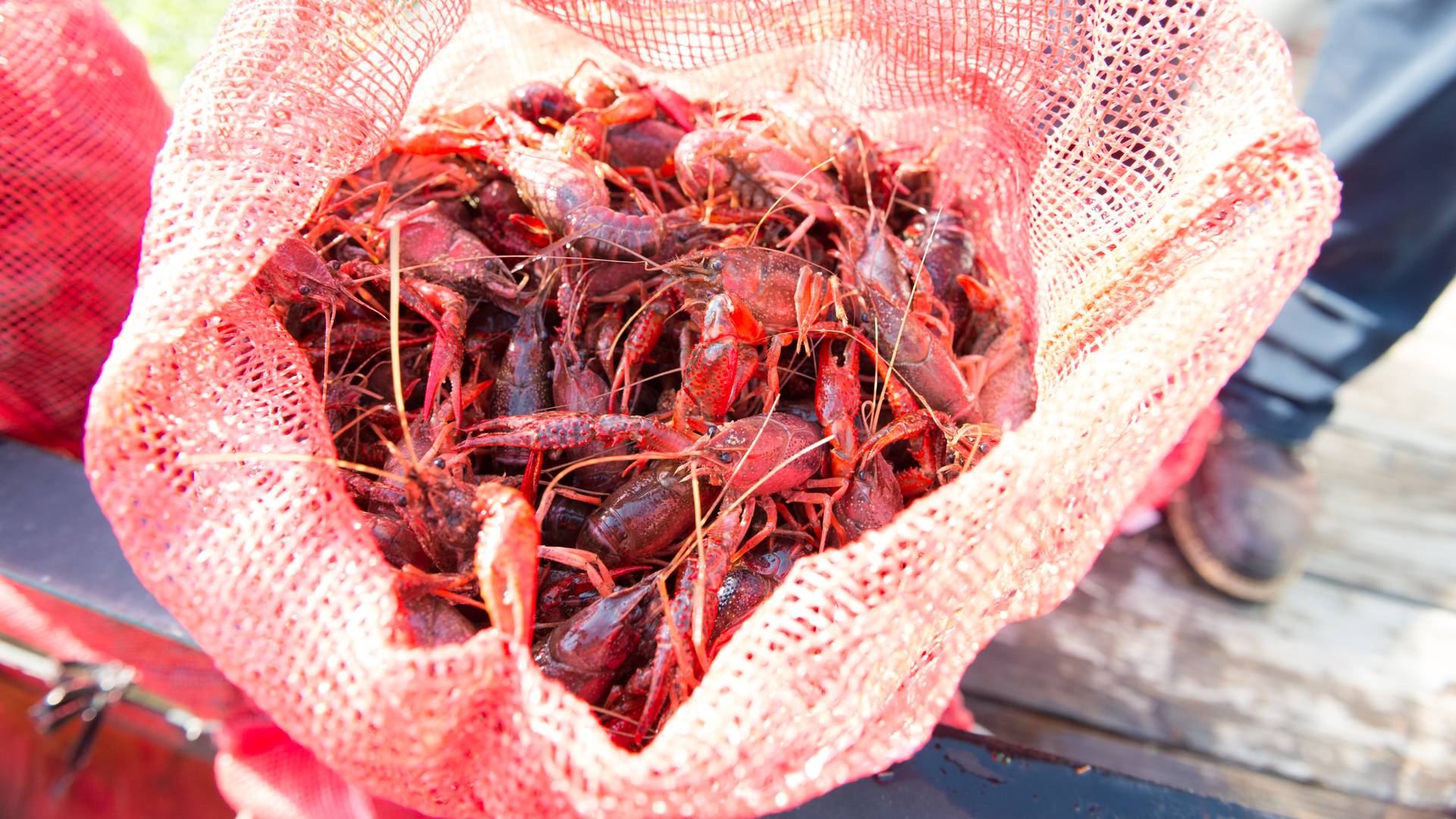
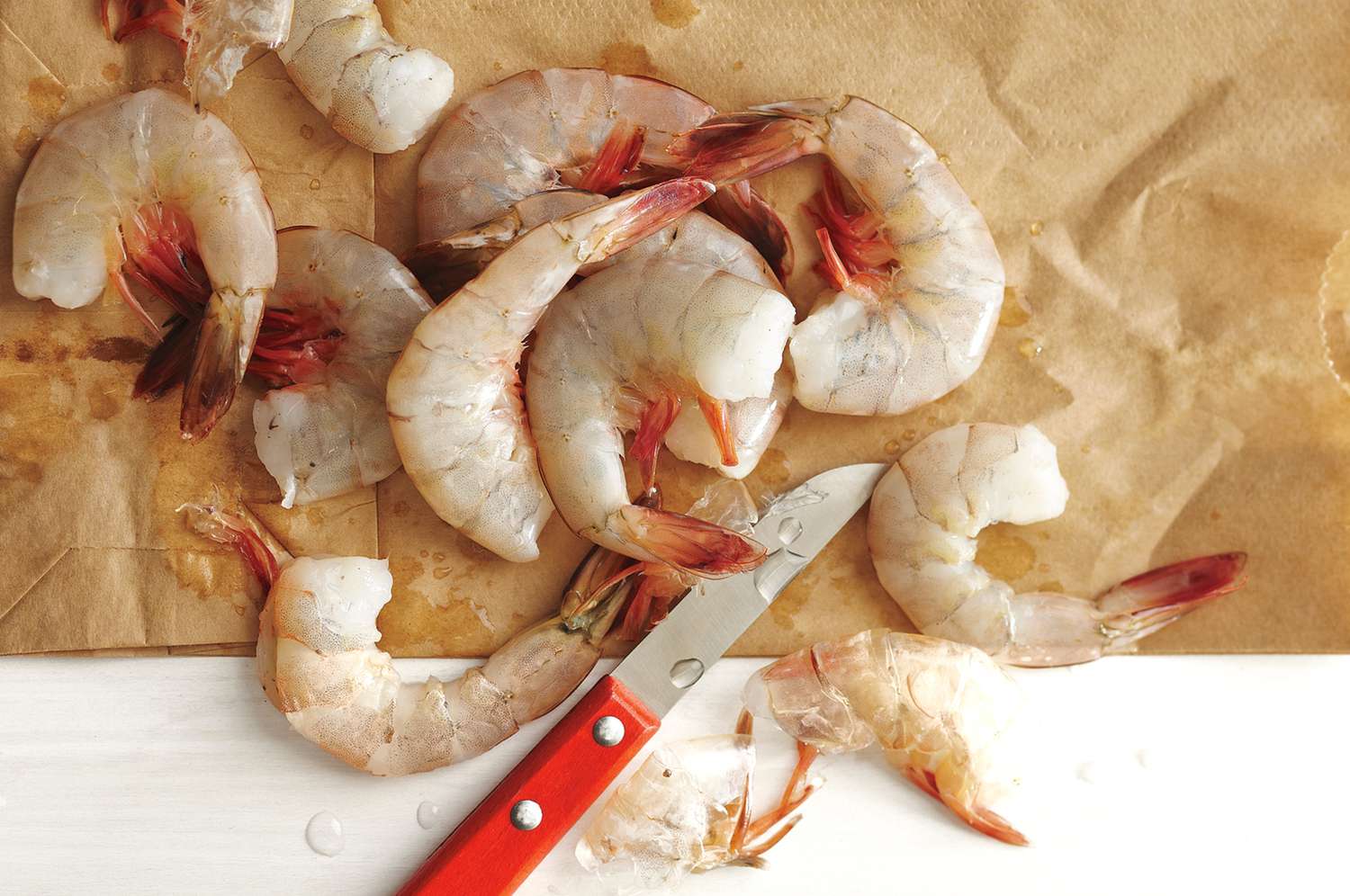
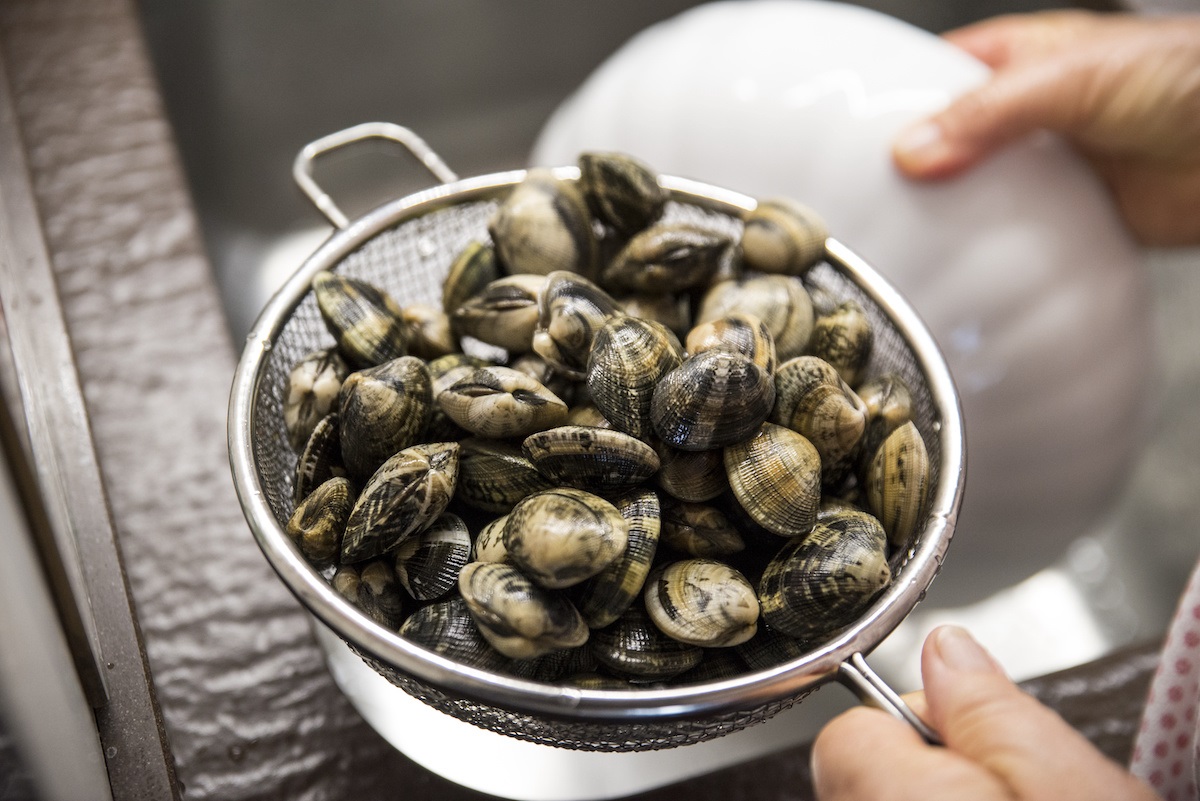
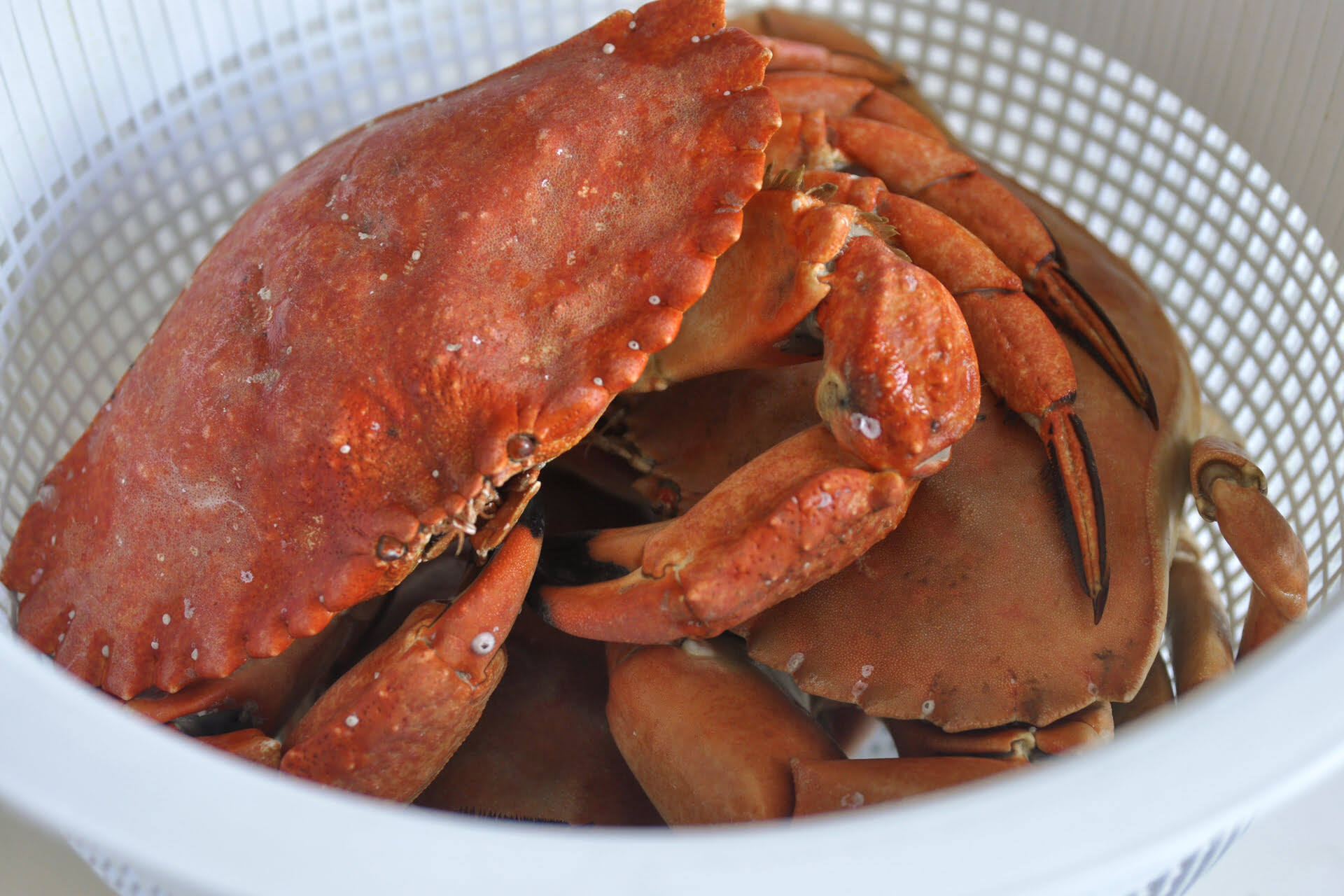
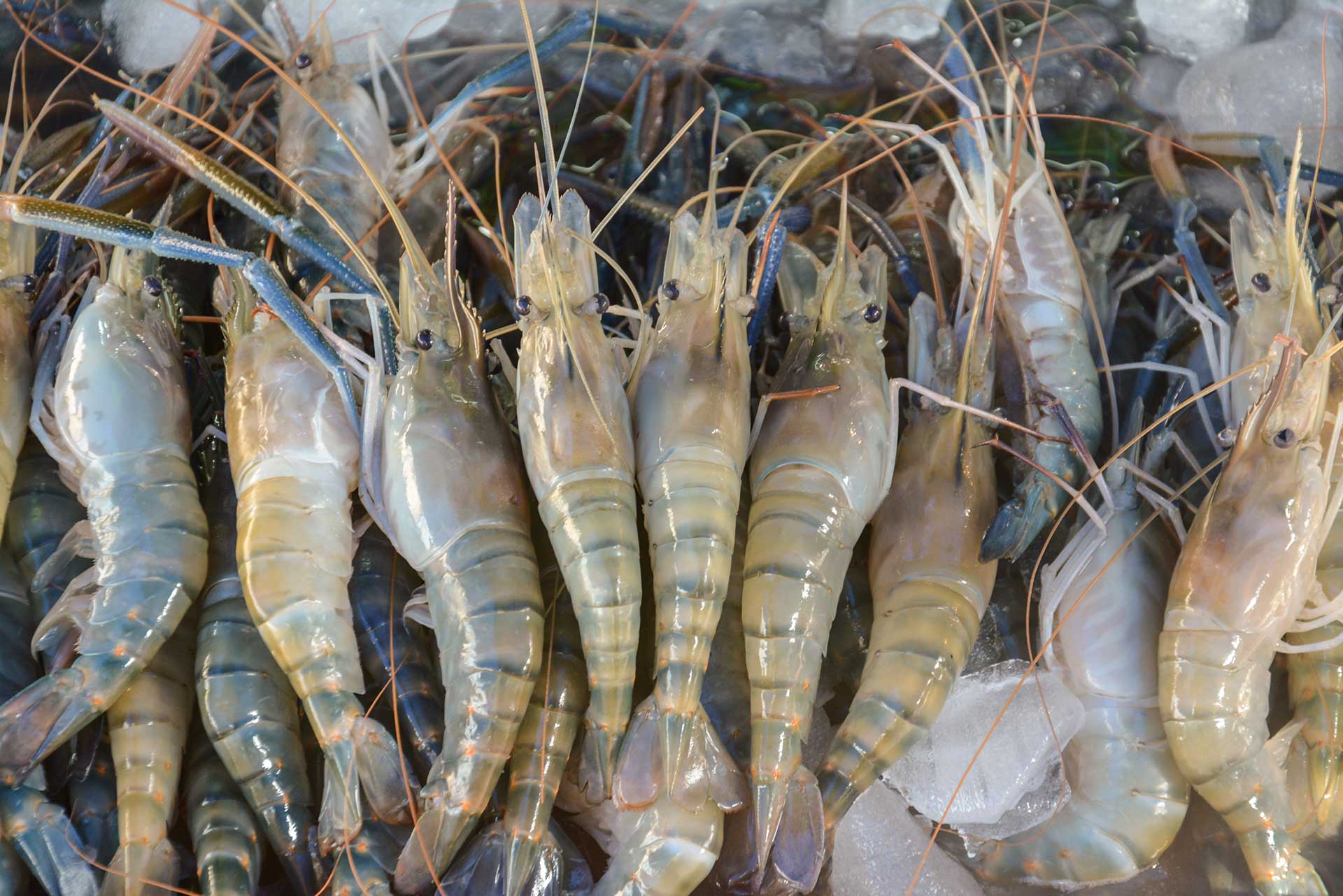


0 thoughts on “How To Store Crab Legs”